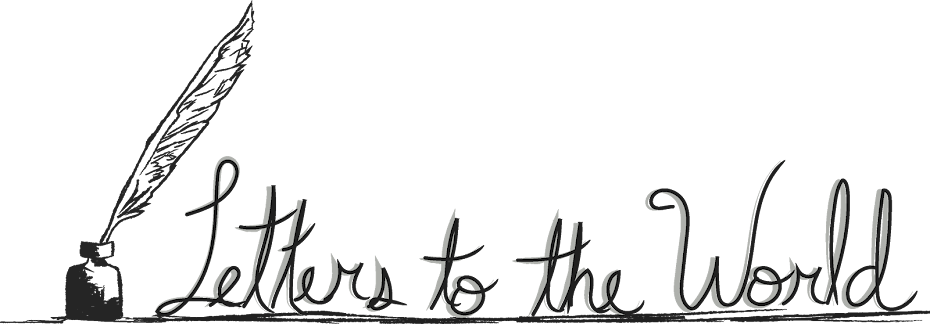



The Agassiz Tulip Festival is done for another year. Yesterday was our last day. Due to a couple of days of heavy rain this past week, the flowers took a beating; damaged flowers invite disease, so it's 'off with their heads!' to protect the growing bulbs. The field workers will now be left in peace to tend the fields (and turn their tractors around without waiting for someone to move their tripod), and the First Nation community that owns this land will return to normal life once more.
I love working at this festival. Thousands of people flock from the nearby cities to enjoy the endless colour and scenery. As they paid their entrance fee their shoulders would visibly relax and their faces open in a wide smile as they exclaimed at the sight. They would often be so distracted by the rainbow of flowers that they would ignore the many, many strategically placed signs around the forty acres instructing them to stay out of the rows, to refrain from picking the tulips, and to watch for machinery. Field staff in yellow hats were kept hopping as they tried to keep people from trampling the tulips in their quest for the perfect photo. I'm not sure how many times I repeated the 'Field Guidelines', told the story of the life cycle of a greenhouse tulip, gave directions to the washrooms or told visitors where to park their cars, but that is what a host does, she treats every visitor as if he is her first.
As to be expected I am beyond exhausted today. I am also wondering if the four women who spent an hour at the festival on Wednesday, a rainy, freezing cold day, wearing high heels and light jackets are suffering from pneumonia. While the crew and I struggled to stay warm in layers of wool, polar fleece, and gore-tex, these women posed for each other, smiling and laughing. I remember watching one woman in particular from the shelter of the tent. She stepped, in suede pumps, nylons and mini-skirt into a muddy opening at the front of a row of yellow tulips, removed her leather jacket to reveal a short sleeved red silk blouse, and posed, head cocked to one side for her photographer friend. The crew and I looked on in amazement and shook our heads. Crazy city people.
Last Sunday, our busiest day, I was dropping off my daughter's friends at their farm. Their father Henry, and his father before him, has been working that dairy farm for decades. It was my day off, but I had just come from the tulip fields where my son was entertaining the crowds with his violin (and making piles of money in tips, I might add). I exclaimed to Henry about the thousands of visitors that sunny day. "What are they all coming for - just to see a bunch of tulips?" he asked shaking his head in disbelief.
"Think about it," I said. "A lot of these people live in apartments in buildings made of concrete, steel and glass, and linked by asphalt roadways. To them, this is Nirvana out here. You should see how excited they are."
"I guess so," he said, still incredulous. "But I still don't see what all the fuss is about."
Crazy country people.
The photos above are mine:
1) Monte Carlo double tulips
2) a rogue red among the Leo Visser tulips
3) the view East
4) looking back on my way home from work
I wrote this post back in 2010, but much of it still applies this year as we come to the end of another great festival. The crowds this year doubled last year's and we are having to continually make crowd control adjustments.
I wrote this post back in 2010, but much of it still applies this year as we come to the end of another great festival. The crowds this year doubled last year's and we are having to continually make crowd control adjustments.



